At the Mexico-US border, the Department of Homeland Security already uses facial recognition technology to identify teens and adults. Now, they would like to begin using the tool on kids younger than 14.
The purpose of employing this technology right now is to help agents secure the border crossing by identifying known cartels or gang members. Often, they can catch smugglers in the act. In the future, the department hopes facial scans can speed up identifying migrants attempting to gain asylum in the United States.
Implementation of the Facial Recognition Software
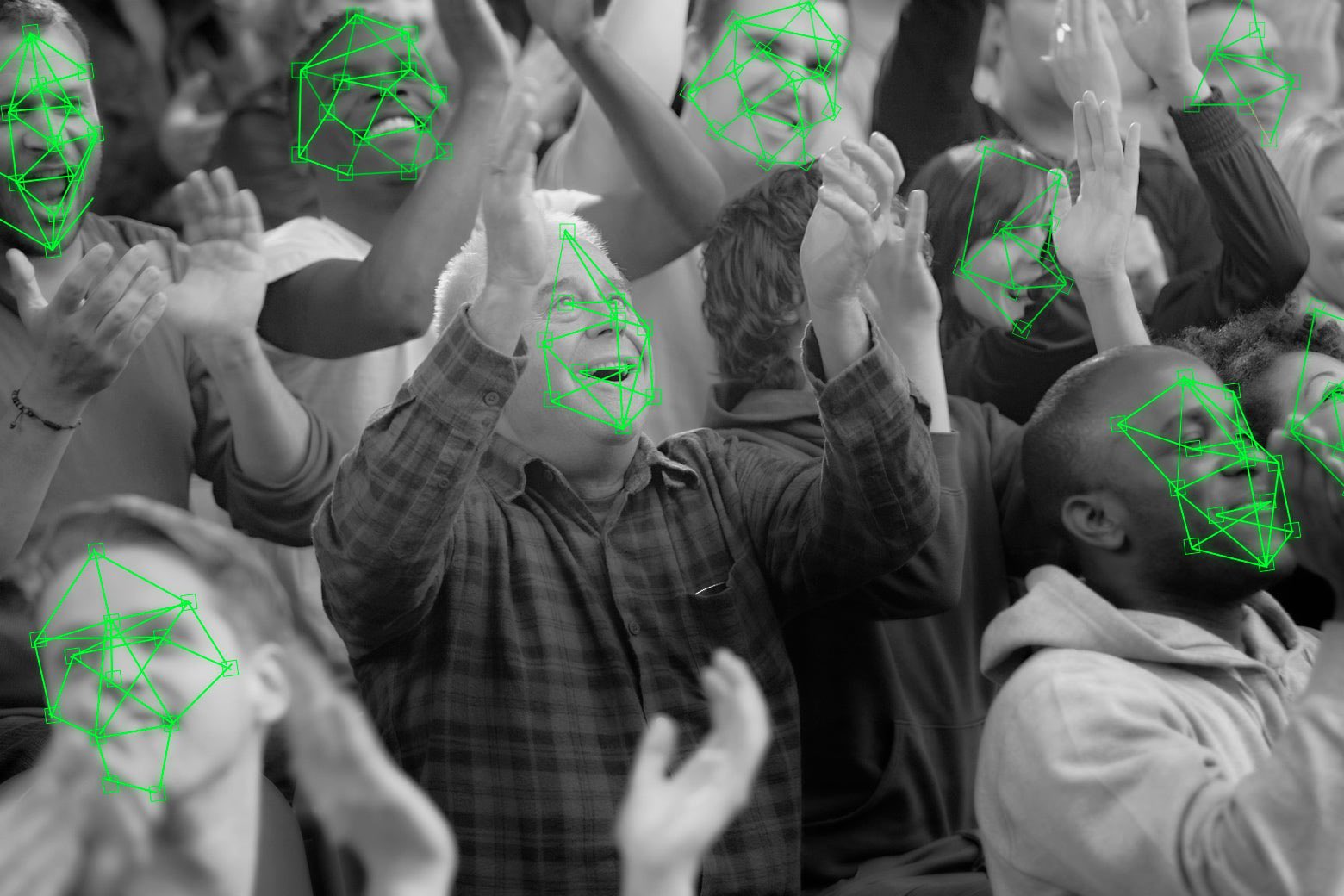
The assistant director of the DHS’s Office of Biometric Identity Management (OBIM), John Boyd, introduced the idea of using facial recognition software on young children at a presentation discussing emerging technology and theoretical application.
Boyd told the press that the data is not being collected under the program yet. More research and development into biometric identity services for the government is needed. The DHS is funding the exploration.
How Does Facial Recognition Software Work?
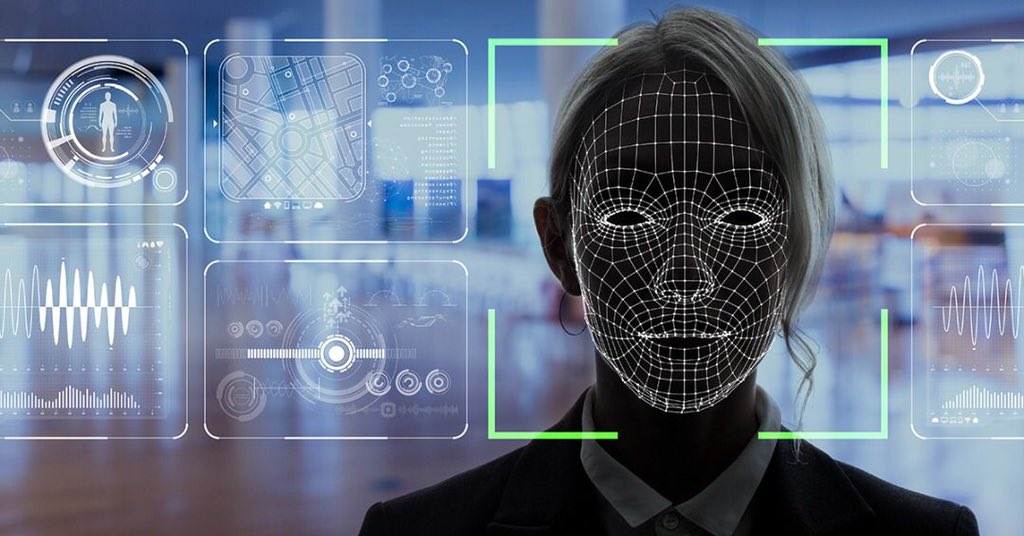
Facial recognition uses biometrics and technology to identify human faces. It maps out facial features from a photo or a video and compares the information with an AI database of known faces to secure a match.
Although the software can be helpful in identifying people in high-traffic places, like airports or border crossings, the tech also raises serious privacy issues. The software could also incorrectly identify someone, causing them to be put under unfair scrutiny about their identity.
Criticisms of the Tool

Seth Hall, a San Diego Privacy member, raised serious concerns about using the software on young kids who can’t consent.
“If this technology is going to scan a face — a certain percent of the time, it’s going to get that face scan wrong and it’s going to produce a result,” Hall said, “for example, at the border, where somebody is holding a small child and a decision is going to be made about that person’s safety based on this facial recognition technology that has errors and that is faulty. Sometimes that is going to have an enormous impact on that person’s life.”
Kids Often Cross the Border Alone
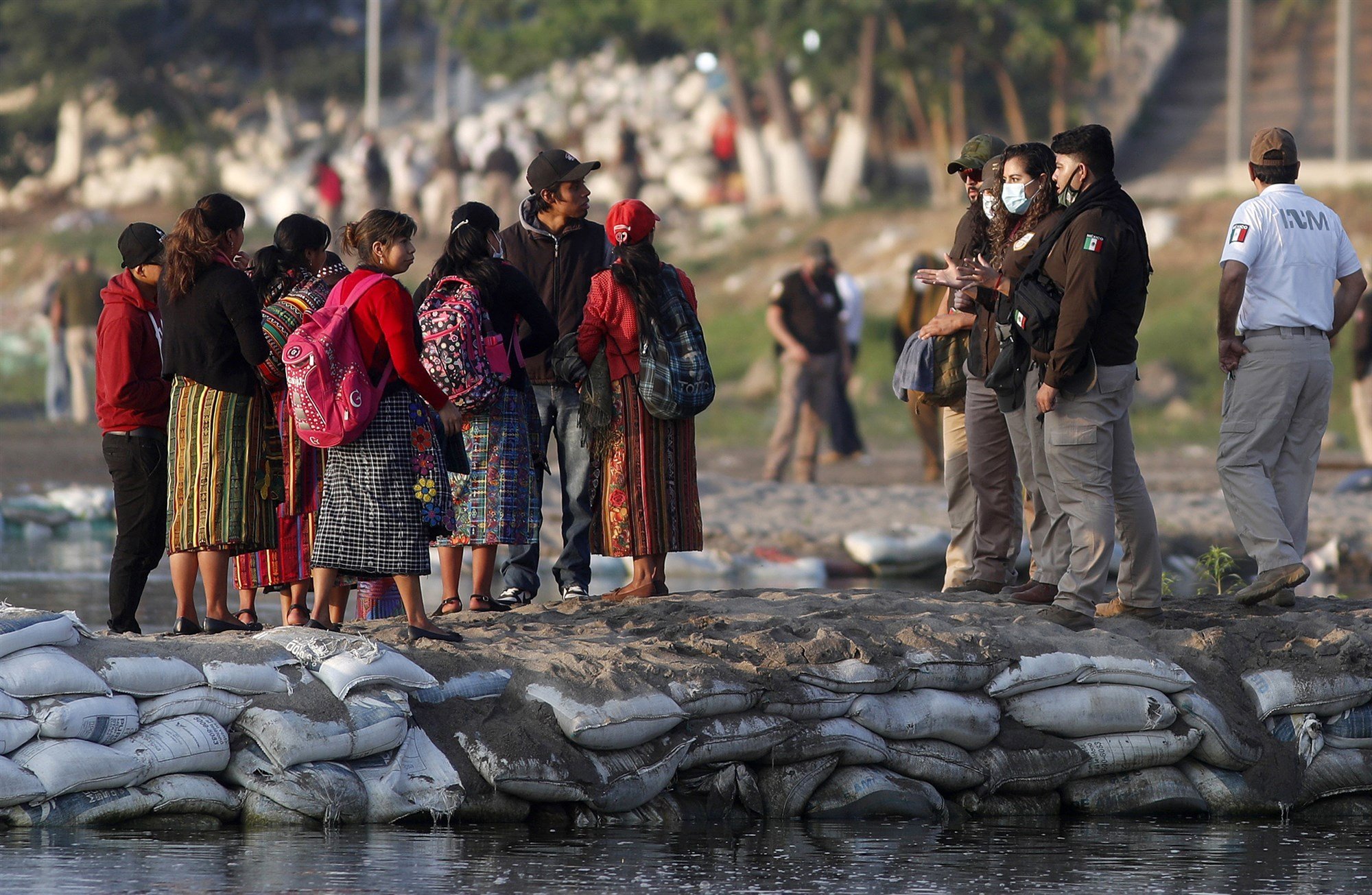
In many cases, no parent is present to explain what is happening to the child. Syracuse University’s Transactional Records Access Clearinghouse’s (TRAC) data from 2022 reports that more than 340,000 children came to the U.S.-Mexico border.
The worrying information is that almost half of those kids showed up alone.
Concerns About Consent With Young Travellers
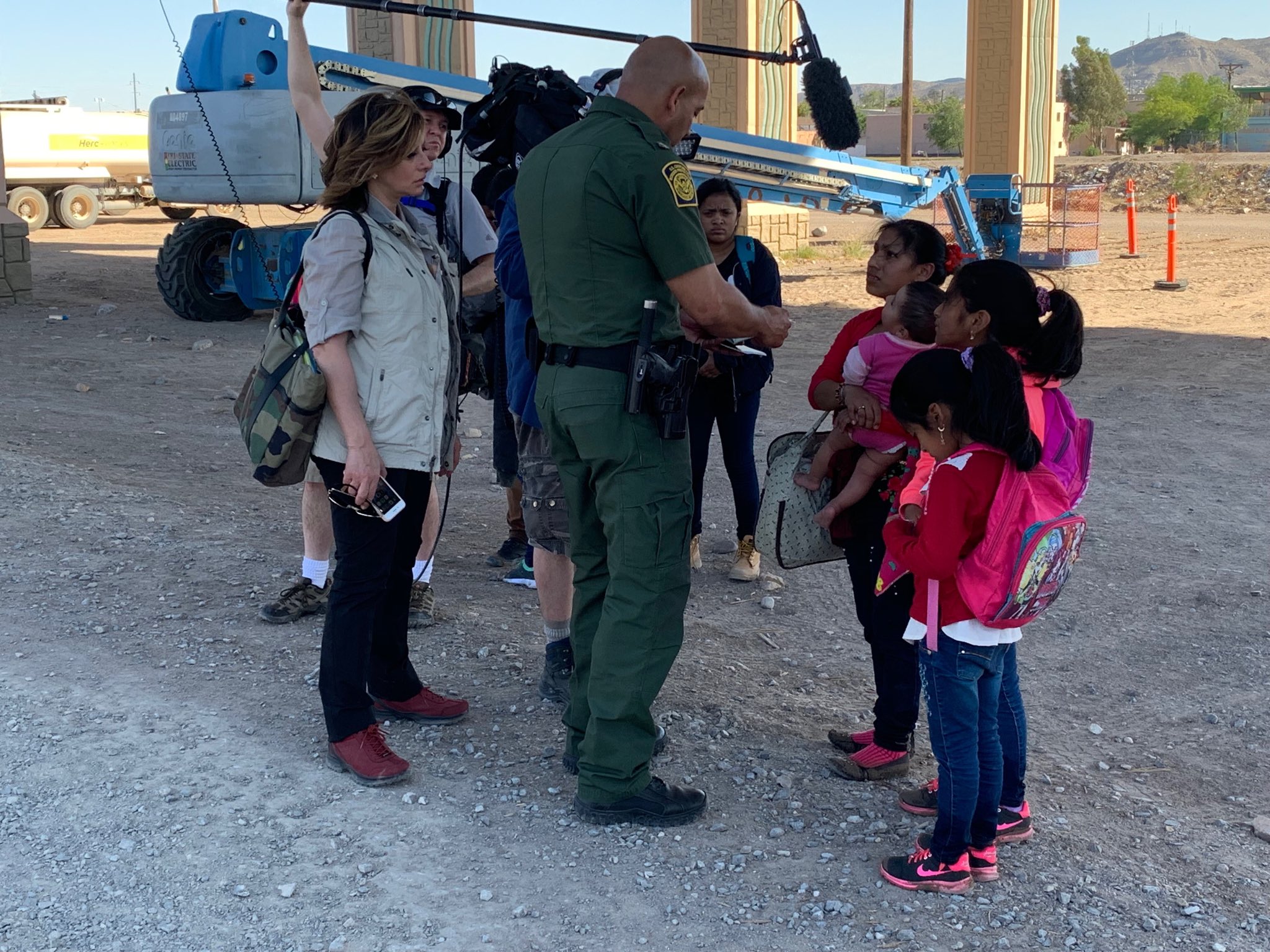
One of the biggest concerns for kids crossing the border alone and being subject to facial recognition software is the fact that young people and small children won’t be able to give consent to have their faces scanned.
Pedro Rios, a pro-migration advocate who has been working with families crossing the border for just under 20 years, says, “This is a vulnerable population group that usually would not understand the power relationships of a border agent instructing them to place their face in a certain way for a pilot test. It should not be happening.”
The Facial Scans Could Be Used Against Kids
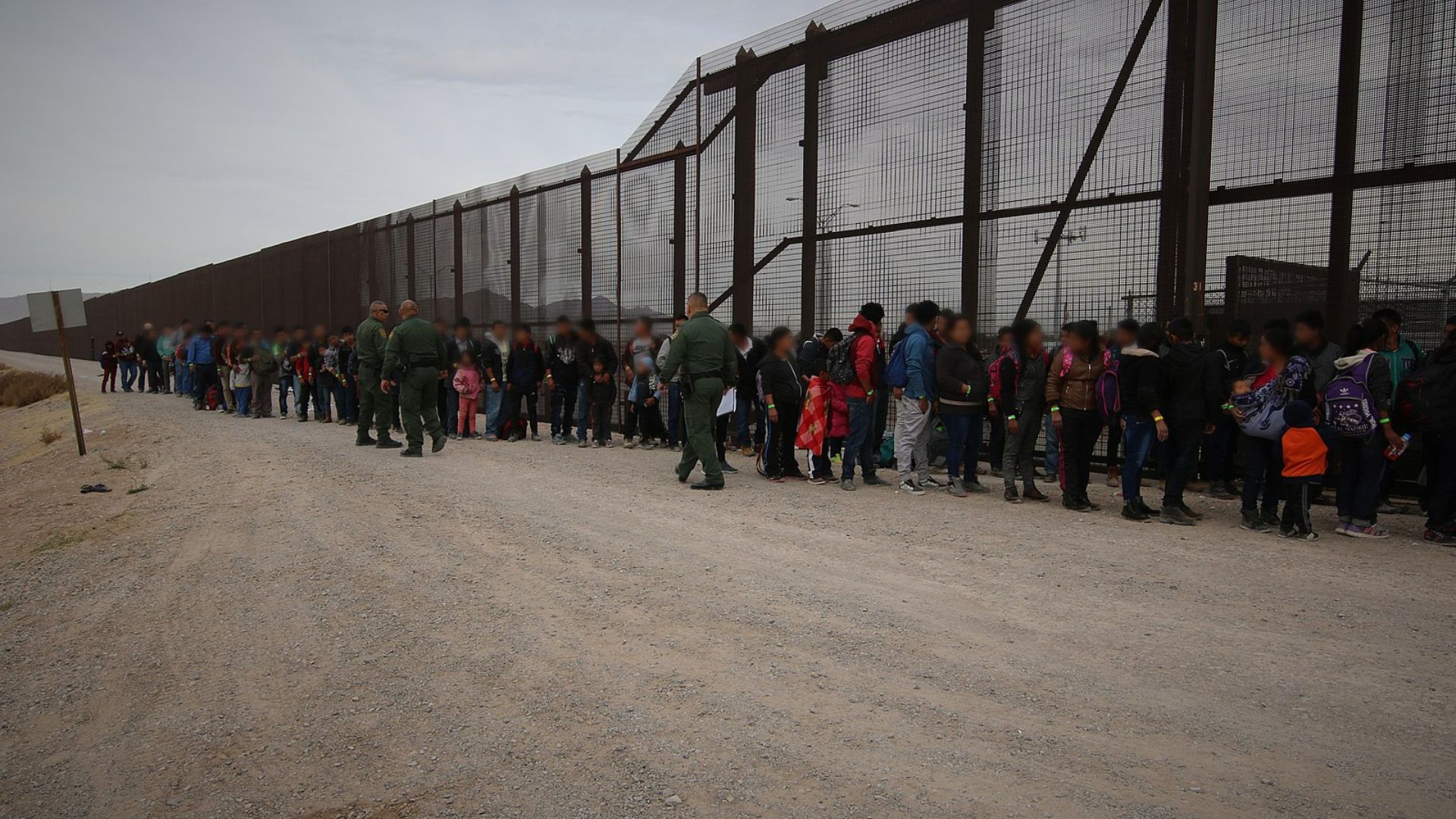
Hall and Rios share similar concerns that the facial recognition software could be used for any purpose that the U.S. Government decides without informing the people used to create the tech.
“We are coercing them into giving up their biographical information,” Hall said. “They don’t know how it’s going to be used against them. And they probably feel like they have no choice.”
DHS Promises To Act Legally
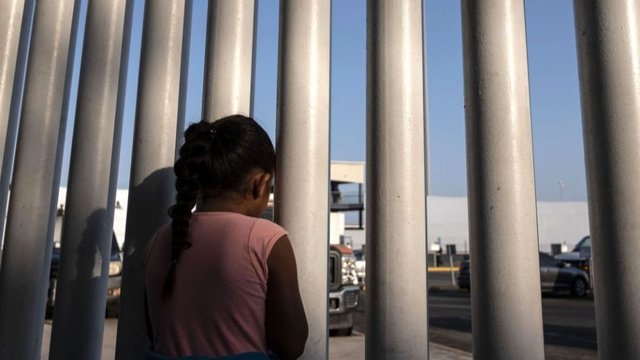
The DHS told MIT Technology Review that the department would ensure that the tech was employed legally. The group also says that it is committed to protecting everyone’s privacy and civil rights.
“The Department of Homeland Security uses various forms of technology to execute its mission, including some biometric capabilities. DHS ensures all technologies, regardless of type, are operated under the established authorities and within the scope of the law. We are committed to protecting the privacy, civil rights, and civil liberties of all individuals who may be subject to the technology we use to keep the nation safe and secure,” the statement to the outlet read.
Many People Are Concerned that the U.S. Government Is Lying
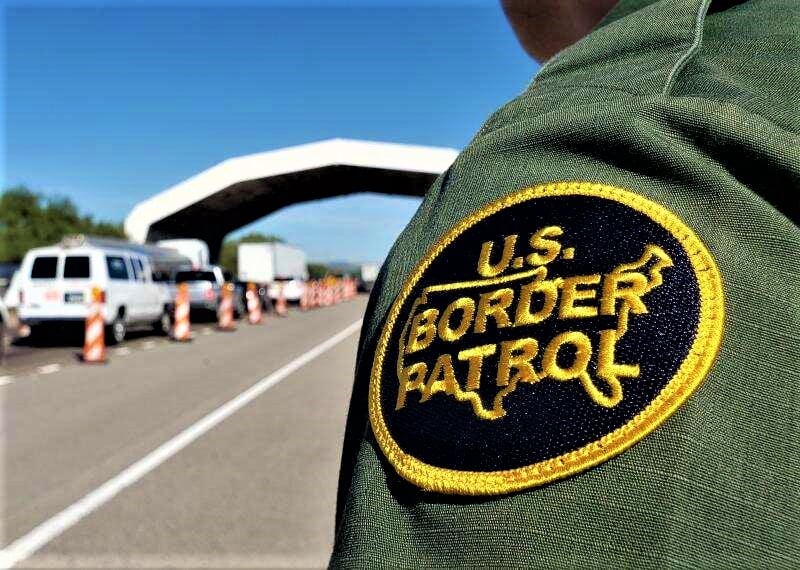
Although the DHS told NBC & News that it does not collect facial recognition from minors under 14 and “has no current plans to do so for either operational or research purposes,” many people don’t believe the statement.
Hall said that the DHS needs to prove definitively that they are not actively violating the rights of kids crossing the border to create the database.
Advocates Are Pushing the Issue Further
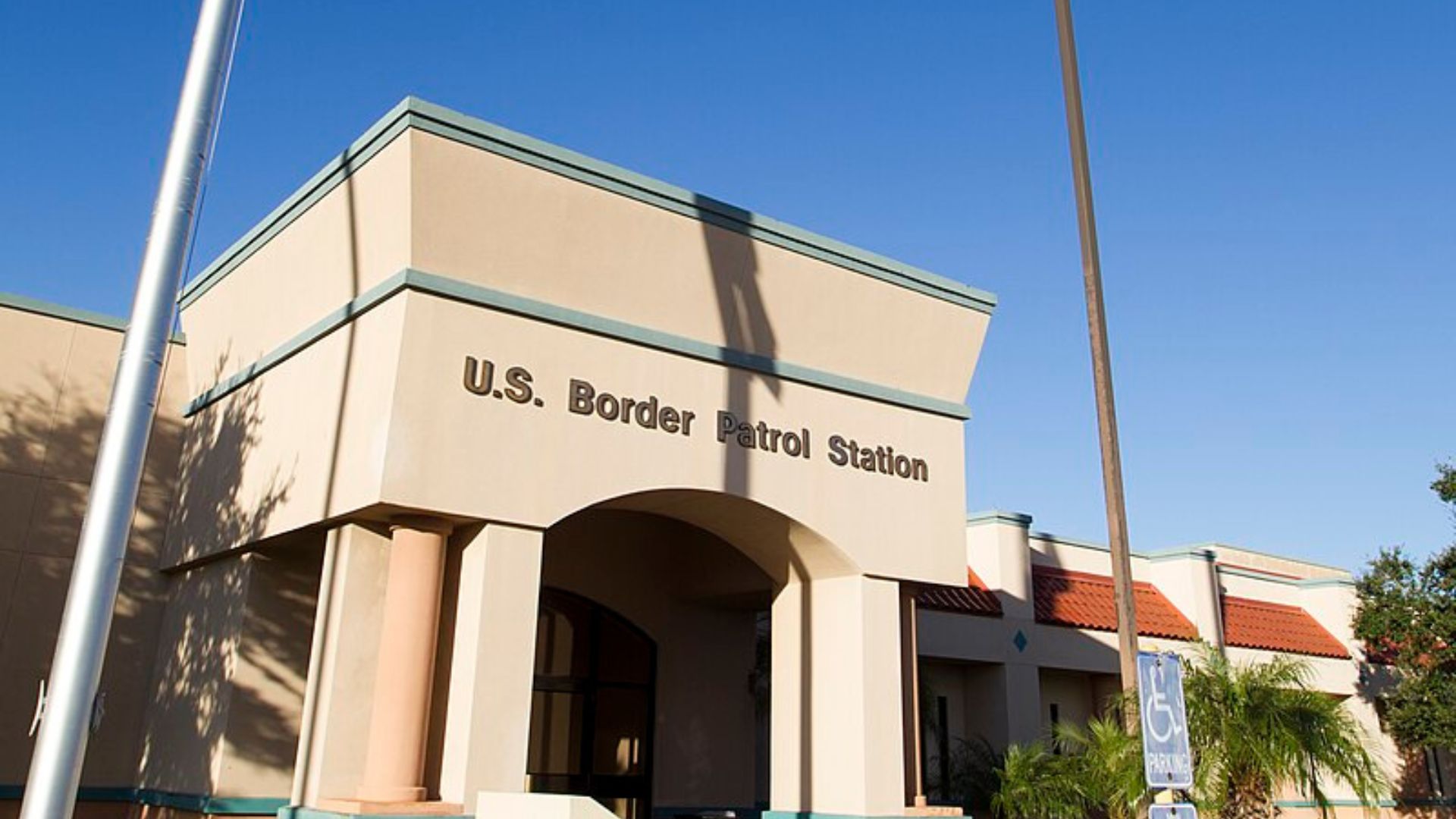
Several advocacy groups think that the DHS needs to release more information and transparency on current facial recognition use at the border.
“The place and time for us to investigate these things and to demand accountability for them is where they are now, because they are only going to become more and more a part of your life and my life the longer we wait,” Hall said.
Other Photo Based Identification Services

Last year, the border patrol services began using a mobile app for migrants to submit selfies before entering the United States to verify their identity.
However, the app has had severe technical problems. As well, not all migrants have smartphones or international data plans to use the app.
Issues of Civil Rights For Migrants
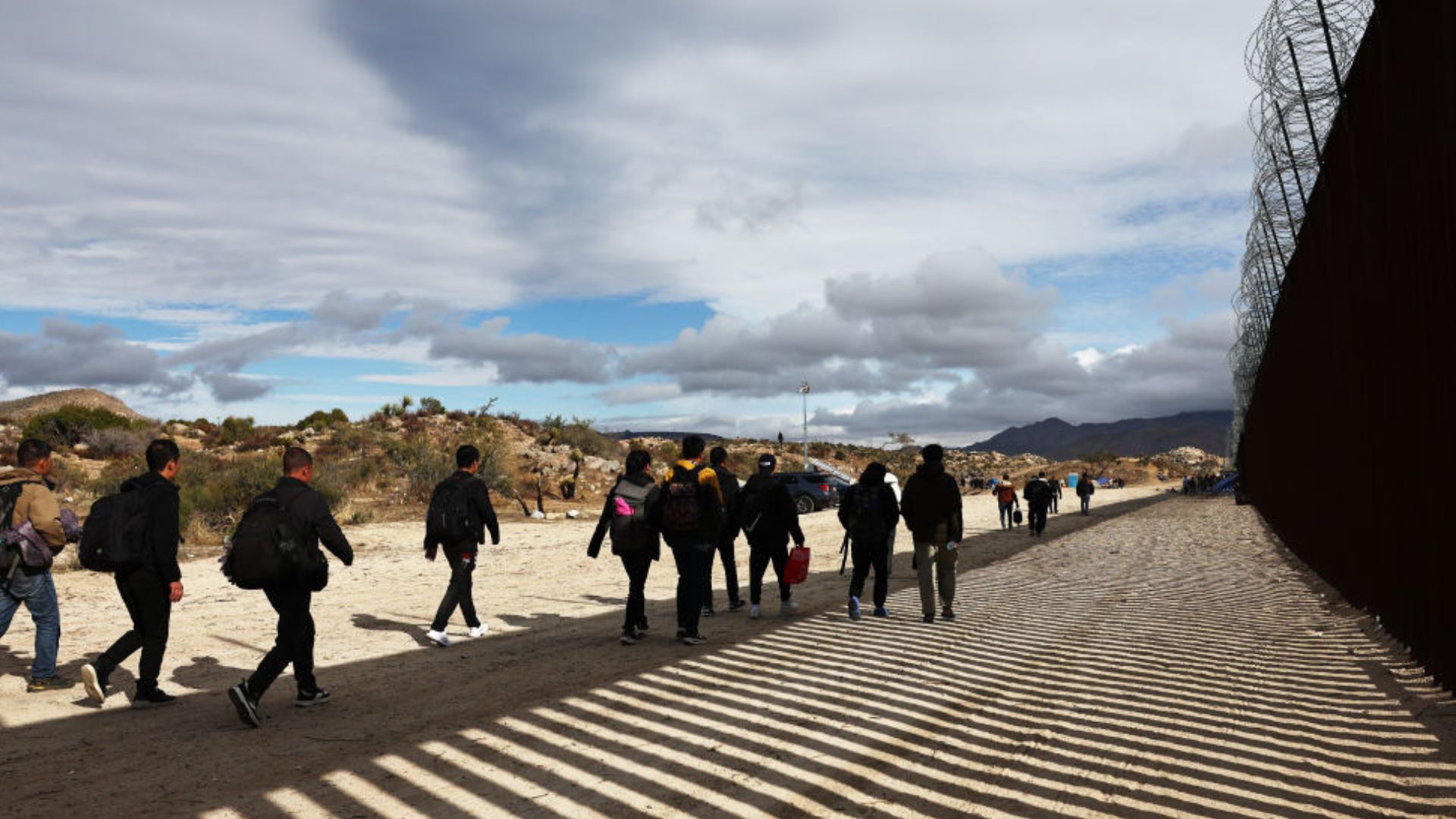
Although the DHS has stated that it respects the civil rights of people crossing the border, in the past, they have outrightly abused the rights of asylum seekers or other travelers.
Although governmental agencies can protect themselves with statements and specific wording, the actions in real-life situations are often all too different. For now, the facial recognition software is still being built, but issues with misuse of personal rights and data vulnerabilities still loom.








































